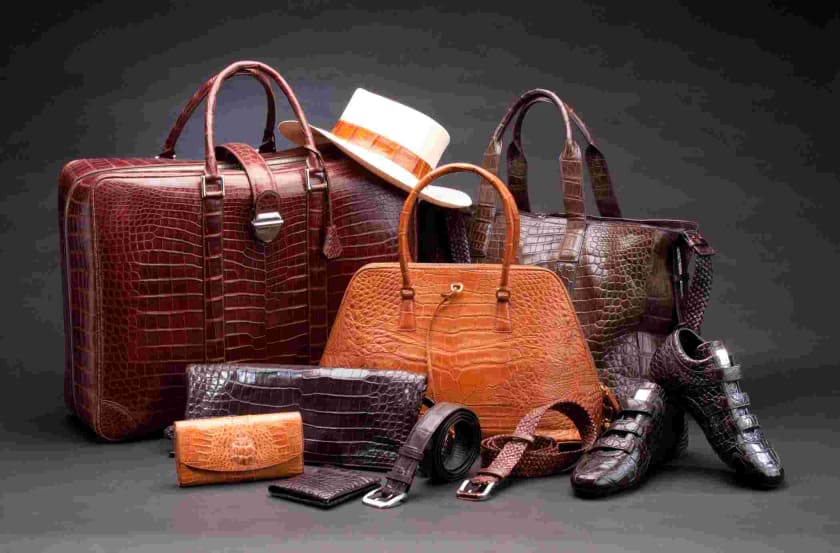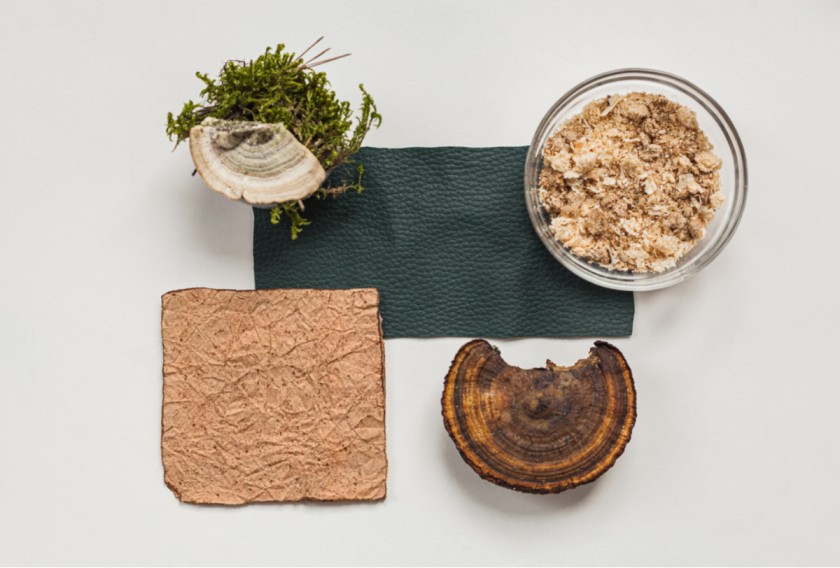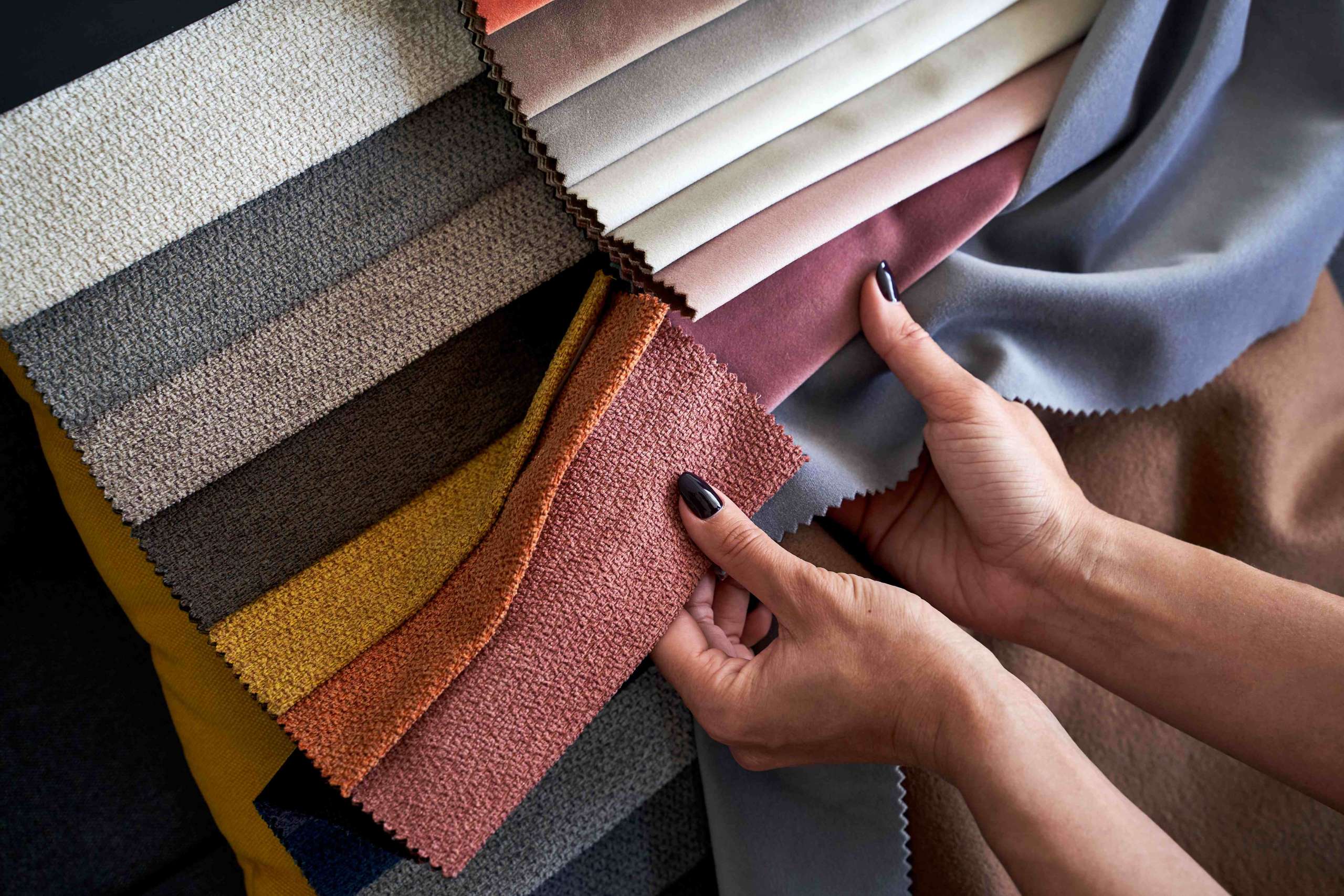Why Is Leather Fashion Still a Big Debate?



Debate around leather fashion has been buzzing for a decade now as awareness about the environment has made its way through people’s minds. More people are shifting to vegan leather as an effort towards sustainability. The animal hides, as many opine, are better left to rot in landfills than being processed into bags and shoes. However, vegan leather is harmful for the environment because of its synthetic origin. Therefore there is much controversy about the materials to be used to make leather derivatives more sustainable. Emma Håkansson, founder of Collective Fashion Justice, points out : “The materials we talk about the most are not the most impactful materials for us to be talking about. We want to get the most bang for our buck when we talk about sustainability in fashion.”
Fashion is trying to be more responsible towards the environment by reducing its carbon footprint. Leather has its own relatively large carbon footprint; there are emissions associated with animal agriculture, the tanning process involves chemicals that mat may damage workers’ health.The vegan leather, which may sound ‘less evil’, too remains toxic to the environment because of its petroleum derivative nature, hence not exactly a sustainable alternative. Proponents of leather maintain that animal hides coming as by-products from the meat industry should be used for manufacturing leather products instead of simply going to waste. Organic leather is eco-friendly and durable, fits in the “buy less, buy better” ethos and hence does not add to plastic wastes.

A shift from animal agriculture is not only ethical but also includes health benefits. Statistics show that searches for vegan leather have gone up to 69% , particularly eco vegan leather.
It should be made clear that sending the hides to the landfills may not be a positive approach entirely. Any organic waste is capable of producing methane, a much more potent gas than carbon dioxide. This however is less evil than the high carbon footprint created during the production of leather items. Reducing this carbon footprint is not an impossible task nor is unachievable. What makes using leather a matter of concern though is that animal agriculture is one of the reasons for the climate crisis, loss of animal biodiversity, water pollution and antibiotic resistance.
Beyond the debate of leather’s sustainability, we shouldn’t forget that it is a part of the greater financial model. The current meat industry benefits from this additional stream of income, something that keeps the slaughterhouse running smoothly. Cutting off this income would mean an undergrowth of this sector. Moreover, as long as people will eat meat, hides and skins will remain part of the environment.

The urgency to reduce the toxic effects of leather is not insignificant, especially when its process is exhaustive of so many natural resources. What the fashion industry needs to focus on is a systematic elimination of leather while trying to evolve a better and really sustainable alternative.



















